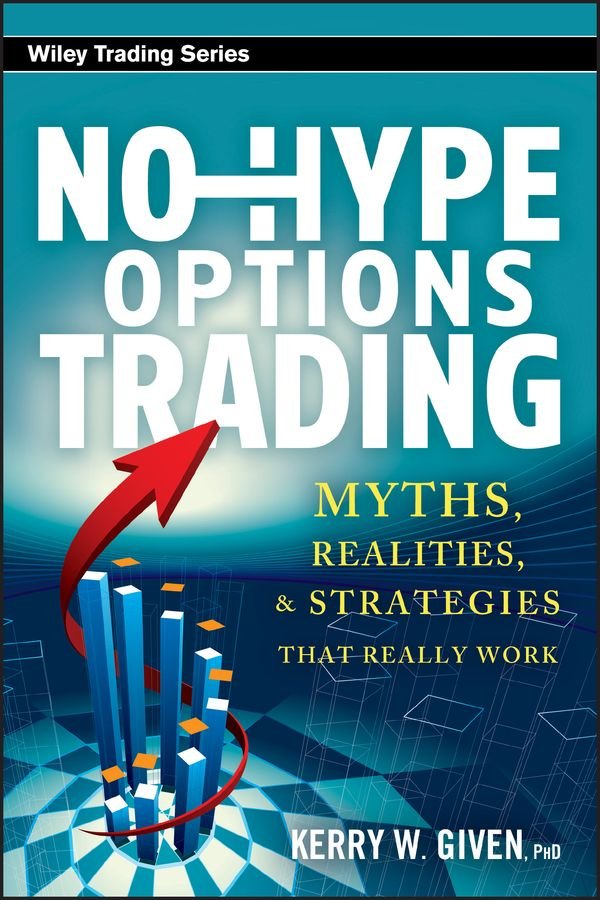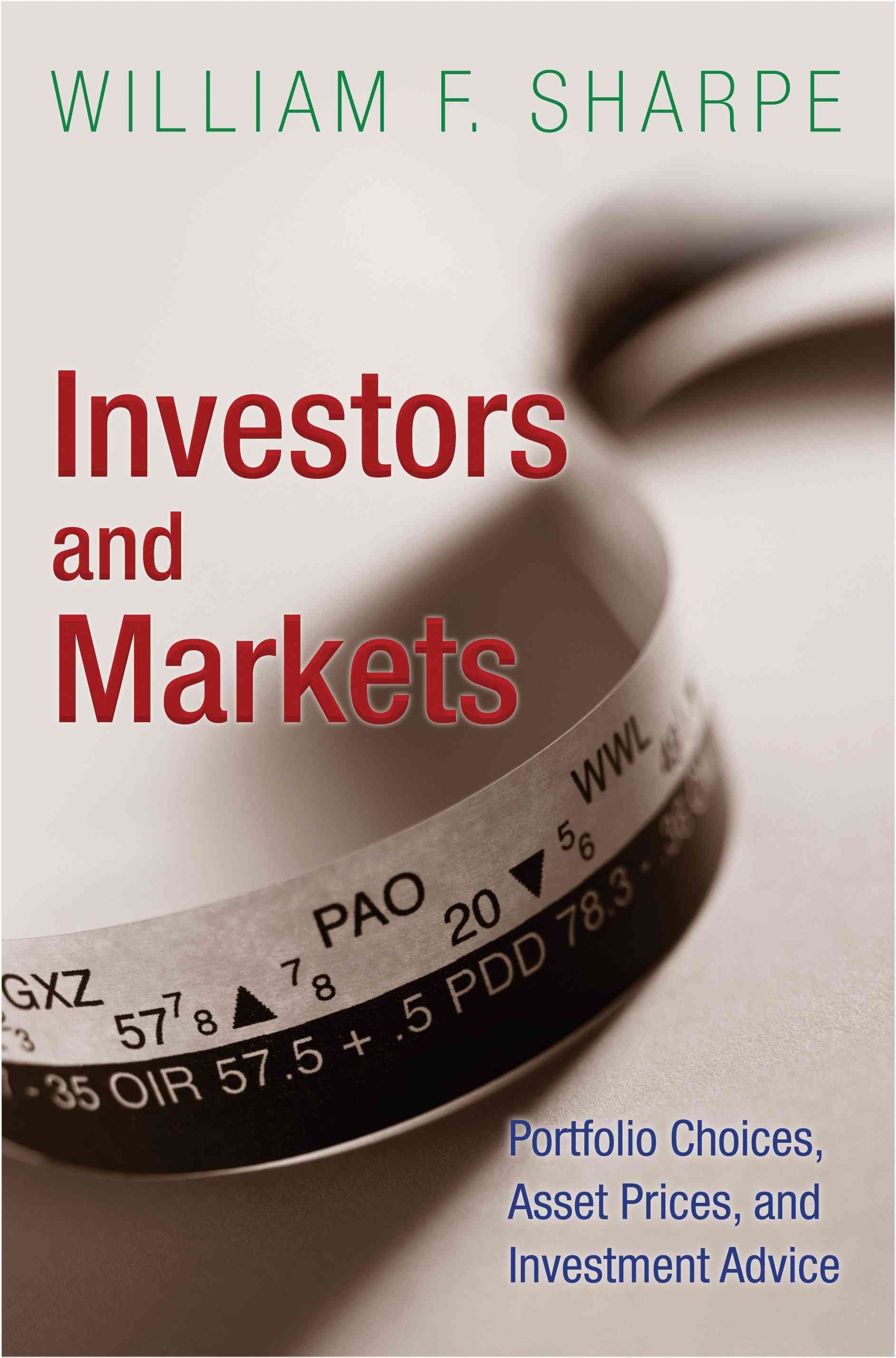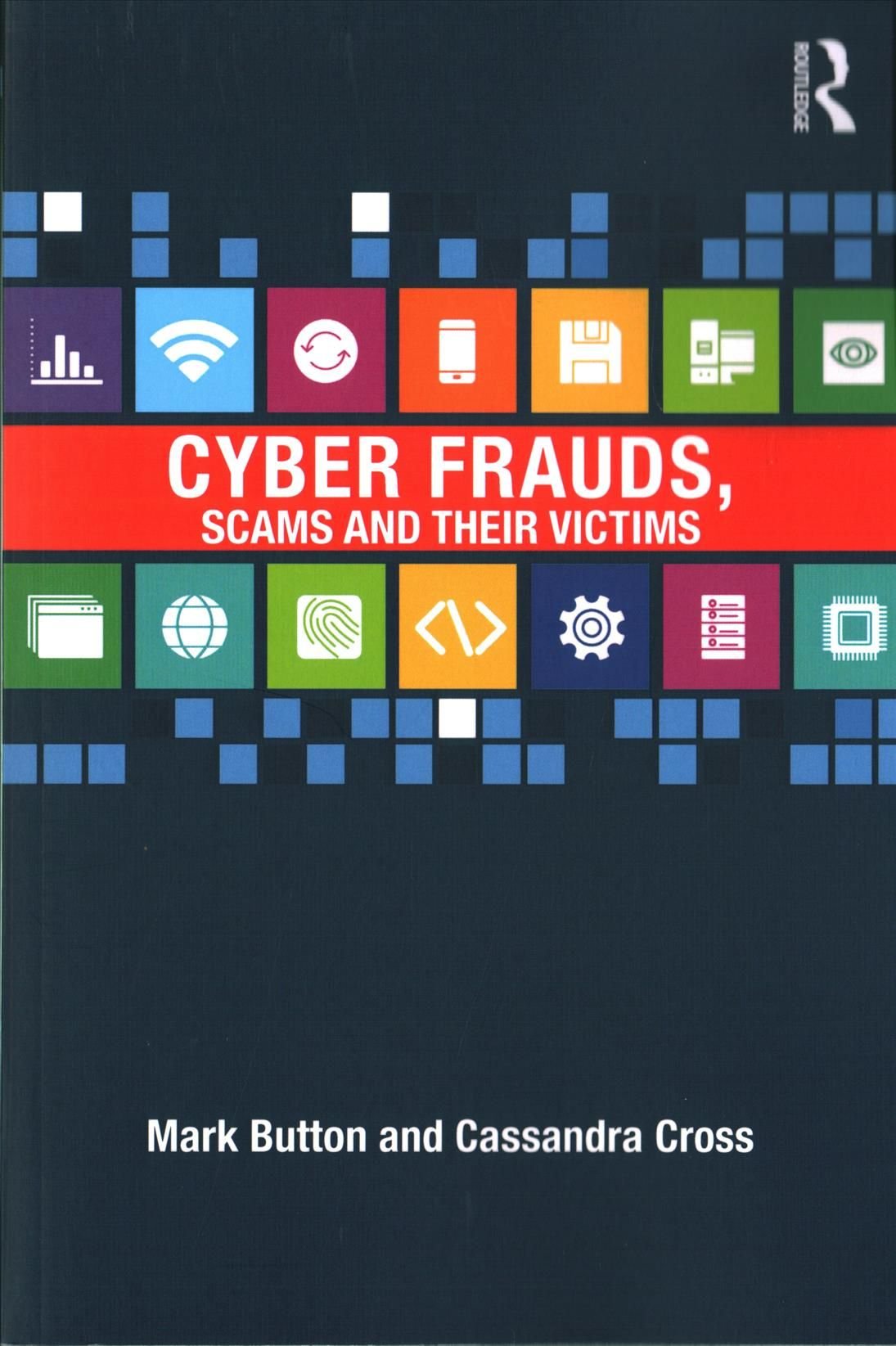Who holds the power in financial markets? For many, the answer would probably be the large investment banks, big asset managers, and hedge funds. These are the organizations that are in the media’s spotlight and whose leaders and employees command outsized salaries and bonuses. They are the supposed leading edge of global finance and their power seems almost absolute, even as questions abound about their social and economic utility. But more and more asset owners are confronting the status quo, the power to exact high fees and the focus on the short term. The New Frontier Investors chronicles the rise of this new group of long horizon asset owners that includes some of the world’s largest pension funds, sovereign wealth funds, and endowments. These asset owners are driving the business of asset management to a new frontier by retaking responsibility of the end-to-end management of their investment portfolios and by re-conceptualizing investment decision-making. The lessons illustrated in The New Frontier Investors fly in the face of conventional wisdom, which has it that these asset owners are at a disadvantage to the private sector fund managers and other service providers. These asset owners are supposedly not able to attract talent nor do they have the organizational capabilities to compete. That many are located far from the markets in which they invest only exacerbates the problem. But this is incorrect. This expanding group of asset owners is learning how to make the most of their scale and long time horizons, finding new ways to attract talent, to collaborate, and to build greater alignment with the users of capital. They are not at a disadvantage. They are at an advantage. The New Frontier Investors is essential reading for anyone wanting to see a change in global financial markets and the professionalization of asset owners worldwide, from public pension funds and sovereign wealth funds to foundations and endowments. It is thus required reading for the senior executives and employees working in the field of beneficiary institutional investment, as well as government officials and others that have a stake in the design and governance of beneficiary financial institutions and long-term capital.












